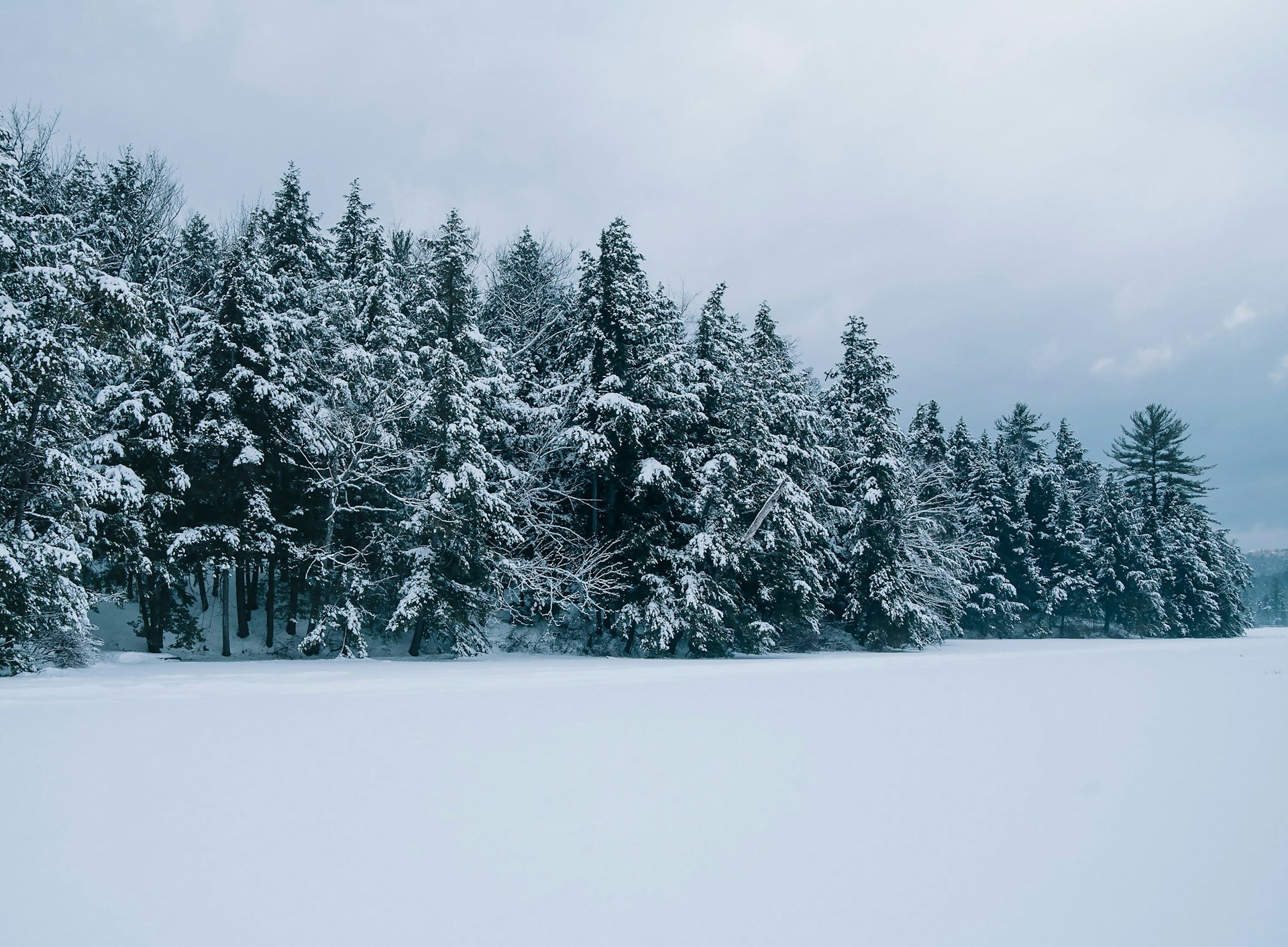
Getting lost in the woods, where history & myths collide
- Text by Niall Flynn
- Photography by Amani Willett
Around 40 years ago, a man purchased the deed to a plot of land in the woods of central New Hampshire.
Nestled in the trees, the new owner – a scientist by trade – sought to build his own personal hideaway, a place where he and his family could escape the metropolis and retreat into nature whenever the feeling took them.
The man in question was the father of Brooklyn-based photographer Amani Willett. As a kid, Amani would accompany his dad on visits to “their place in New Hampshire,” where they’d spend time in the woods, staying in the log cabin that Willett Sr. had built by hand.
However, he wasn’t the first to seek seclusion in that particular forest. The land, it transpired, had a history of its own.
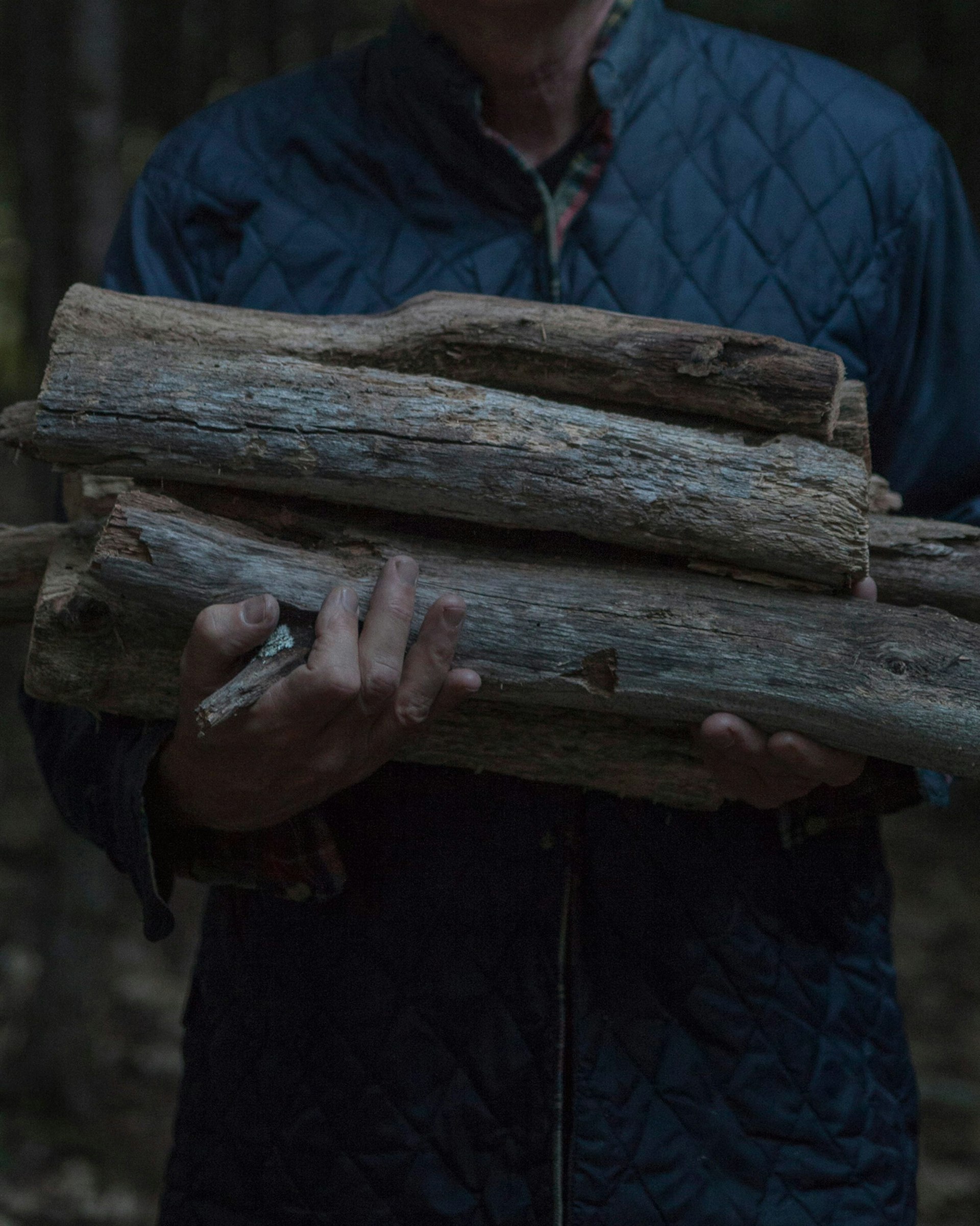
Dad with Firewood ©Amani Willett
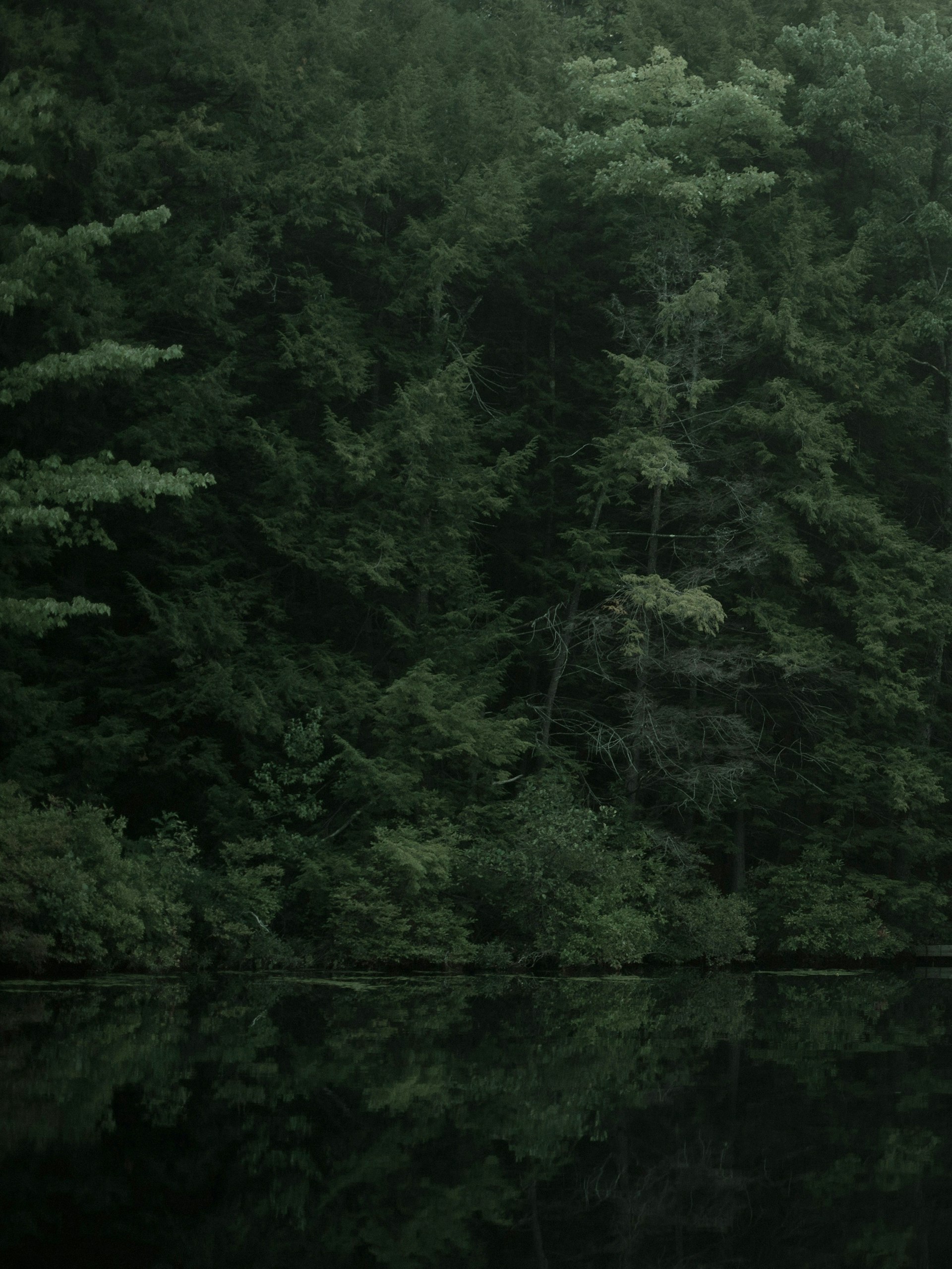
Lake Trees ©Amani Willett
As he grew older, Amani began to notice things about the area. The land itself was by water that went by the name of ‘Hermit Lake’, which itself was just off a lane called ‘Hermit Woods Road.’ So, in 2010, during a visit to New Hampshire, he started talking to locals in a bid to unpack whether such a figure – The Hermit – had ever existed. Here, he first learned the story of Joseph Plummer.
“I started asking the people I knew in the town, about the naming of the lake and the road,” Willett recalls. “And they said, ‘yeah, there was this man, Joseph Plummer.’ He lived there in the 1800s.”
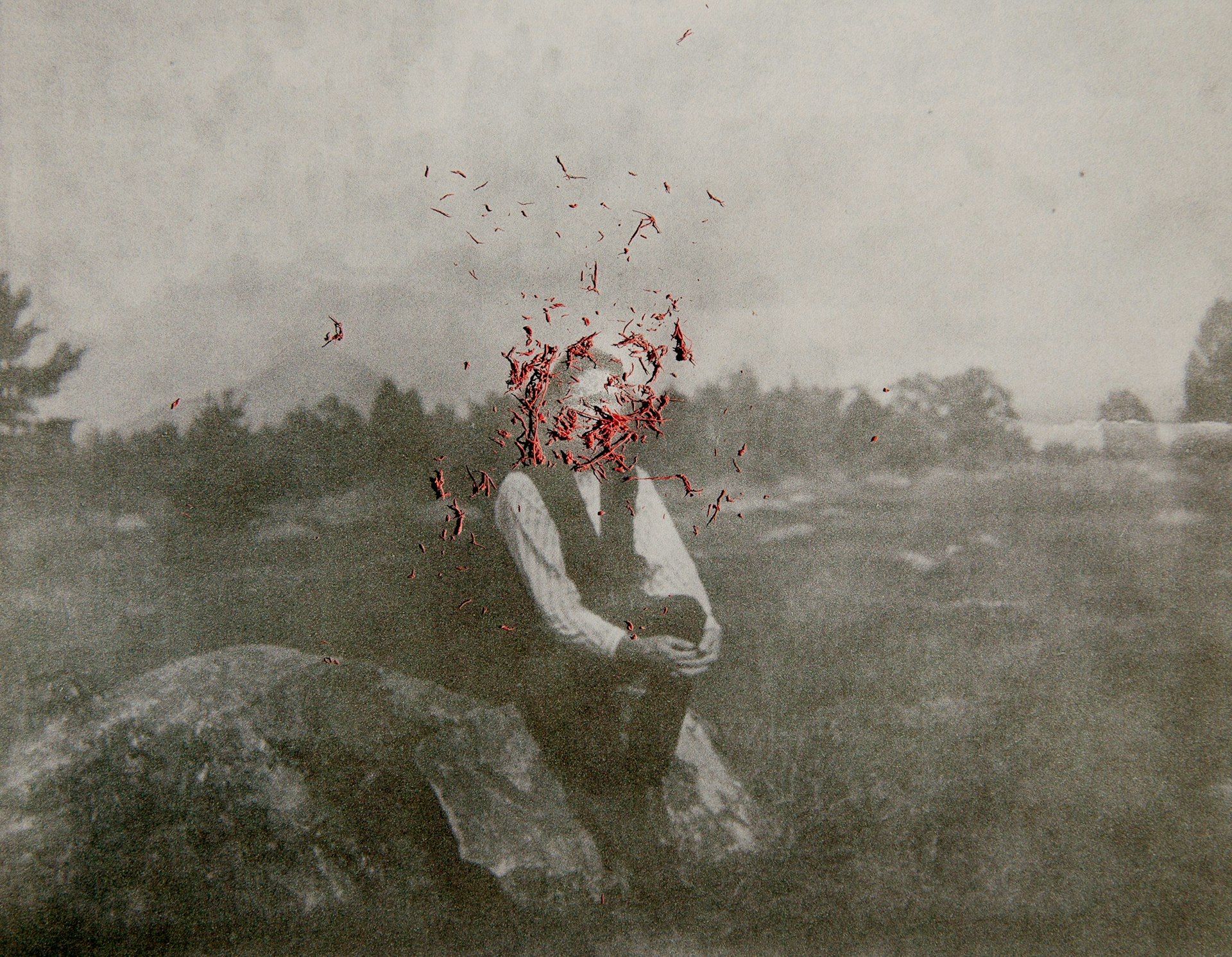
Hermit Erased ©Amani Willett
“It turned out he was part of a large family. Around his 20th birthday, he decided to leave society and trekked into the woods. He became self-sufficient and lived in that area – where my father built the cabin – by himself, for the rest of his life. Hundreds of years later, people still knew his story. It was local legend.”
From there, Willett embarked on what would become a five-year journey to piece together the story of the fabled hermit and his life in the wilderness. Travelling to New Hampshire from NYC for weeks at a time, he met local people, trawled archives and spoke to local historians, all while spending time alone in the forest – like his father before him, and The Hermit centuries before that – gathering his own visual material.
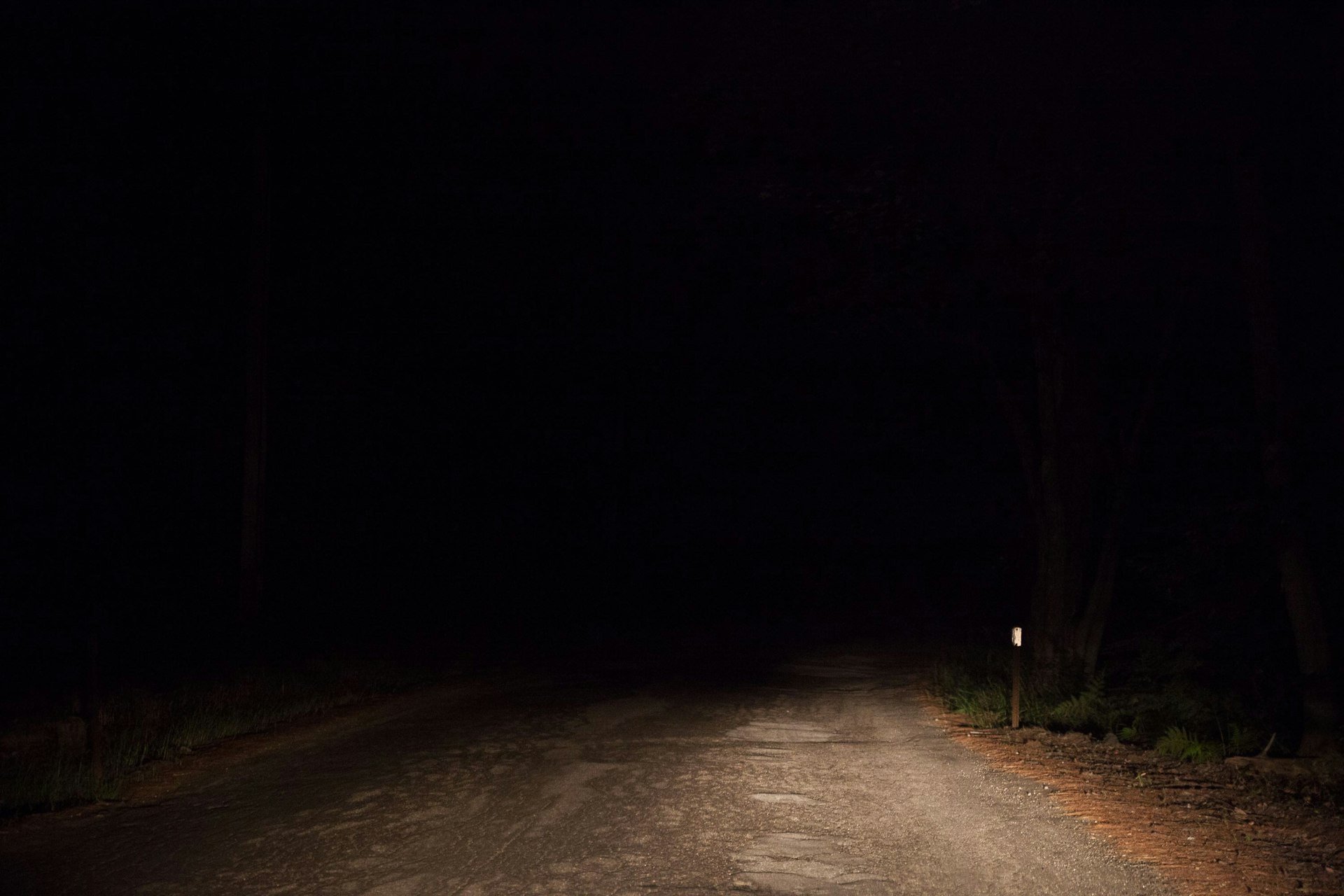
Hermit Woods Road (at night) ©Amani Willett
The outcome is The Disappearance of Joseph Plummer, a book that blends Willett’s findings with a nod to the magic of storytelling and the quiet, mystical wonder of local lore. Compiled in such a way that the project retains a material agelessness, it places Willett’s photography alongside archival images and text, entangling the 200-year-old myth with the modern day.
“In America, you have these sites that have significant history, but that have also been mythologised. People don’t know a lot about them, so they’ve created these fantastical stories. As a photography, I’m interested in that: the story of Joseph Plummer, and how his story has been moulded and sculpted, and how it’s changed over time.”
“This is a place in New Hampshire is one that I grew up going to. Being in the wilderness and being comfortable there is something that’s very important to me. So, while this story is about these two men – Joseph Plummer, and then my father – I’m very much present in the book as well. I had this experience too.”

Pointing Tree ©Amani Willett
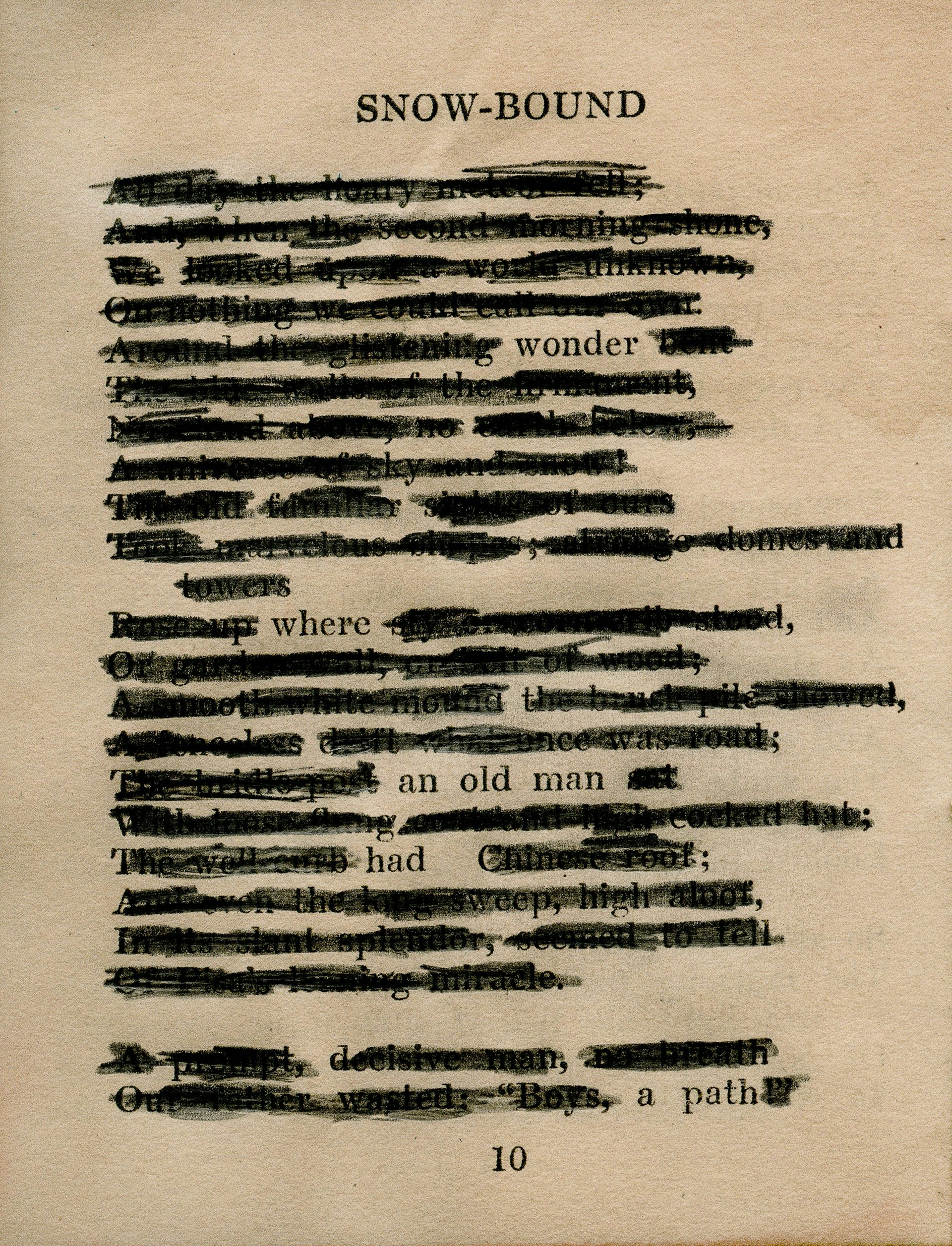
Snowbound ©Amani Willett
The book itself appears like an intimate novel, featuring oral histories of The Hermit’s exploits and Willett’s visual interpretations of them. However, it never claims to be an ultimate history, or a comprehensive study into the psychology of solitude. Rather, Willett approaches from a distance, allowing the reader to experience the same step-by-step process of slowly uncovering a remarkable life, perhaps at the expense of resolution.
While it navigates a number of different themes – solitude, family and escapism (the latter perhaps particularly resonant, given America’s socio-political climate) – The Disappearance of Joseph Plummer is ultimately about the sheer, unadulterated joy of stories. Be it fact, the fantastic, or a little of both, Willett approaches the idea with the wide-eyed wonder of a campfire kid.
“That’s sort of what mythology is, right?” he poses, conclusively. “Trying to fill in the gaps, so that you yourself can create something.”

Firewood at Midnight ©Amani Willett
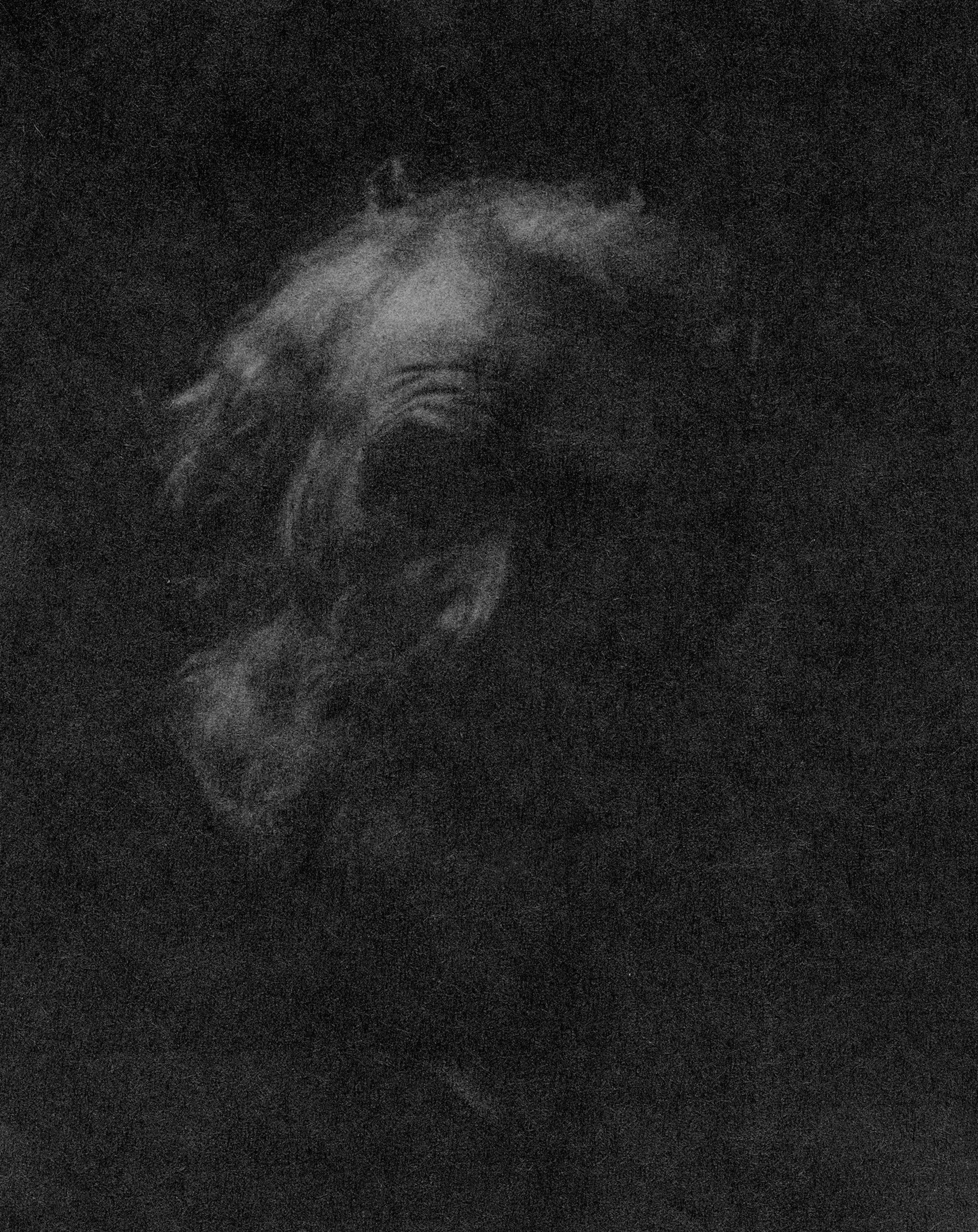
Portrait of a Hermit ©Amani Willett
The Disappearance of Joseph Plummer is available now from Overlapse.
Niall Flynn is Huck’s Editorial Assistant. You can follow him on Twitter.
Enjoyed this article? Like Huck on Facebook or follow us on Twitter.
